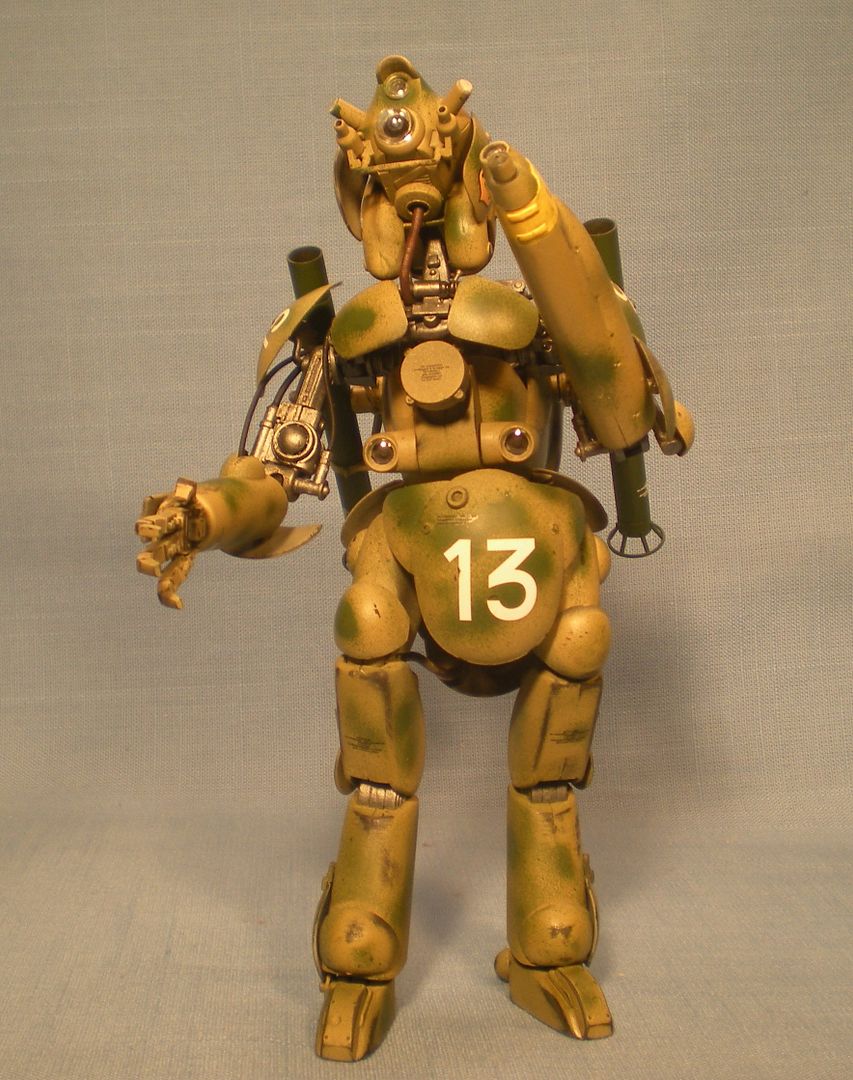For chipping, depending on the subject, there are different techniques you can use.
For aircraft, where chipped paint reveals shiny metal underneath, you could use a silver pencil, such as a Prismacolor pencil (see Michael's, AC Moore, HobbyLobby or art supply stores) and apply the shiny color over your finish colors. That works really well for areas of fine wear, like the seams or rivets around an access panel, that get chipped as someone opens them, reaches in and out, etc. For larger areas, like on Japanese aircraft with the lousy paints that were applied, or Allied aircraft operating on Pacific islands with sun, salt water and coral or volcanic dust blowing all around, you could apply the metal color as an undercoat, then apply a mask in patches, then apply your finish colors, and remove the mask. Many modelers like to use salt with a little water, or hairspray as the masking material. They're easily removed, once the finish coat is dried, and they let you do large areas realistically.
For other vehices, made of other metals than aluminum, I'll use similar methods-applying chipping and wear on top of a finish color, using a fine brush, or, I'll use a dark undercoat, apply the finish color, and then use a green scouring pad (like a 3M pad) to scuff away the finish color and reveal the undercoat. I look at objects around me to get ideas, like looking at a dump truck stopped next to me at a traffic light, a worn metal railing on a set of steps outside, and so on.
Here's a photo to illustrate my scuffing technique. This is Wave's Grosser Hund AI combat robot, from the Maschinen Krieger series:

I primed this with Army Painter matte black, an enamel. It dries rock-hard and absolutely matte. My finish colors are Tamiya acrylics, Dark Yellow and Green, applied with the airbrush. When the paint was cured, I used the scouring pad to hit highlights like edges and seams, fastener heads, and so on. And some marks, I applied using Vallejo flat black, applied with a very fine brush, in places where I couldn't really get the scouring pad in. I hope that helps illustrate what I mean.